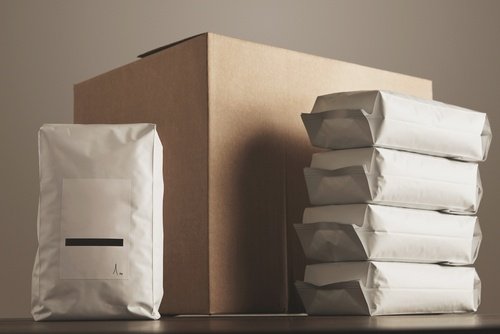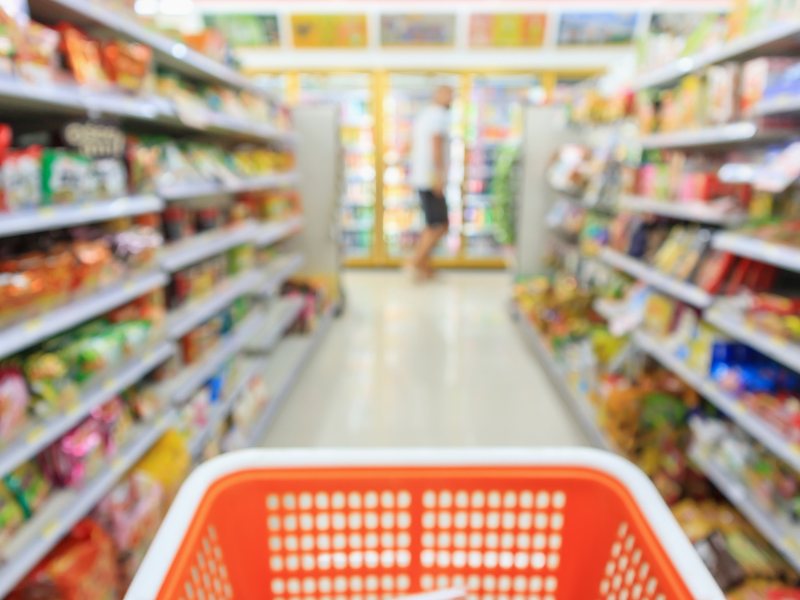How Does Your Packaging Stack Up Compared to Your Competitors'?
If you're a Consumer Packaged Goods (CPG) company, it's only natural to want your packaging to be the best that it can be so that you can move more products off of store shelves and keep customers satisfied enough to purchase more in the future. And if you're a contract packager, it's only natural to want to create the best possible package and have the best equipment on your floor in an effort to earn the most business.

But to accomplish those goals, you have to ensure that you have an advantage over your competition when it comes to packaging. So with that in mind, how well do your packaging, packaging processes, and materials measure up to those of your competition? These are three key areas of which to take note.
Seal Quality
Seal quality and integrity are crucial, especially when it comes to packaging foods and liquids. The integrity of the seal doesn't just ensure freshness throughout the supply chain; it also ensures that product doesn't leak and contaminate other products. In order to ensure that your packaging has the best possible seal, it's important to select a quality, reputable machine to help get the job done. Seal testing is also recommended. A quality packaging machinery manufacturer like Viking Masek will be able to prove the quality of the sealing mechanism on their machine as well as be able to test your current seal.
Design
Packaging design is becoming increasingly important as consumer trends continue to change. For instance, more and more consumers are choosing to consume snacks to complement on-the-go lifestyles - and that's where stick pack single-serve packaging comes into play. Furthermore, bags, pouches and other forms of flexible packaging are continuing to overtake rigid packaging as the packaging of choice. That's because such packaging generally offers a lot more convenience and is able to keep food fresher for longer with resealable features, among others. Brand owners tend to like flexible packaging formats for the way they stand out on the shelf.
Sustainability
Flexible packaging still has some end-of-life recycling challenges compared to rigid boxes and paper. But the outlook is becoming more and more favorable thanks to ongoing developments of things like biodegradable films and the development of more flexible bags and pouches that can be recycled. Recycling opportunities aside, consumers have been shown to prefer packaging that's made with renewable materials or with sustainability in mind more than ever before. Hence, smaller packages that require less of a carbon footprint to create - yet contain the same amount of product - are quickly becoming more and more popular.
Get ahead of your competition with the latest in flexible packaging technologies. Contact Viking Masek for a free packaging equipment consultation today!




